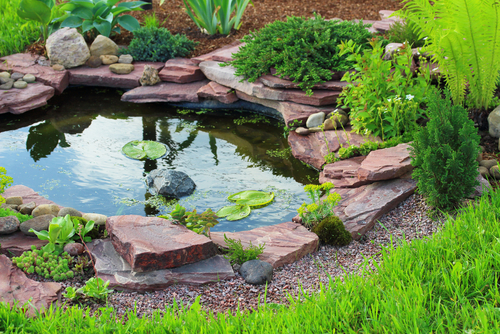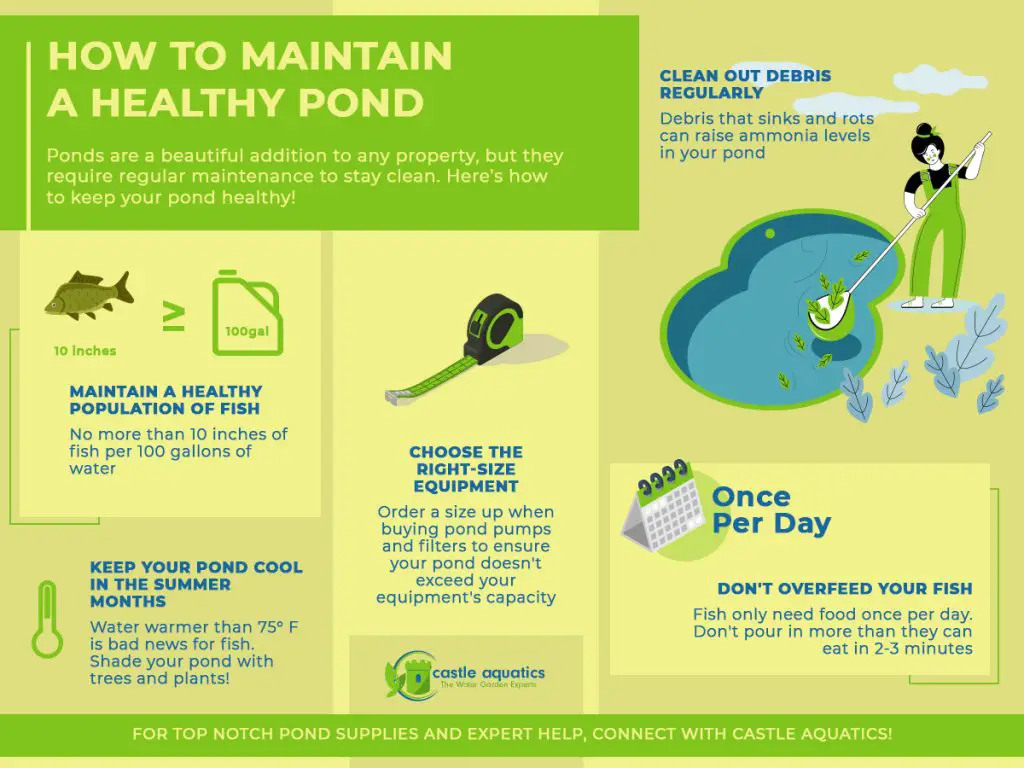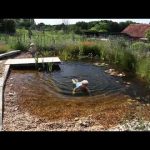Having a pond in your backyard can be a beautiful and relaxing addition to your outdoor space. However, maintaining a pond requires time, effort, and knowledge to keep it healthy and thriving. In this comprehensive guide, we will discuss the essential steps and tips for maintaining a pond to ensure that it remains a stunning focal point in your garden.
1. Regular Cleaning and Maintenance
One of the most crucial aspects of pond maintenance is regular cleaning. Remove debris such as leaves, twigs, and algae from the surface of the water using a skimmer or net. It is essential to clean your pond regularly to prevent the buildup of organic matter, which can lead to water quality issues and harm aquatic life.
Additionally, check and clean the pond filter regularly to ensure that it is functioning correctly. A clogged filter can reduce water circulation and oxygen levels in the pond, affecting the health of plants and fish.
2. Water Quality Testing
Monitoring the water quality of your pond is essential for maintaining a healthy aquatic environment. Test the water regularly for pH levels, ammonia, nitrites, and nitrates to ensure that they are within the optimal range for fish and plants. Use a pond water test kit to check these parameters and make adjustments as needed.
If the water quality is not within the ideal range, you may need to add water treatments or perform partial water changes to improve the conditions in the pond. Maintaining proper water quality is crucial for the health and well-being of your pond inhabitants.
3. Aquatic Plant Care
Aquatic plants play a vital role in maintaining the ecological balance of a pond. They help oxygenate the water, provide shelter for fish, and reduce algae growth. However, it is essential to care for your aquatic plants properly to ensure that they thrive.
Regularly prune and remove dead or decaying plant matter to prevent it from decomposing in the water. Overgrown plants can also impede water circulation and create stagnant areas in the pond. Additionally, fertilize your aquatic plants as needed to promote healthy growth and vibrant blooms.
4. Fish Care
If you have fish in your pond, proper fish care is essential for their health and well-being. Feed your fish a balanced diet suitable for their species and avoid overfeeding, as uneaten food can pollute the water. Monitor your fish regularly for signs of illness or distress and address any issues promptly.
Ensure that your pond provides adequate shelter and hiding spots for fish to seek refuge from predators and harsh weather conditions. Consider adding aquatic plants or artificial structures to create a safe and secure environment for your fish.
5. Pest Control
Pests such as mosquitoes, algae, and snails can be a nuisance in ponds and disrupt the ecological balance. Implement pest control measures to manage these unwanted visitors and prevent them from harming your pond ecosystem.
Use biological control methods such as introducing beneficial bacteria or predators to control pest populations naturally. Additionally, you can use physical barriers or chemical treatments to manage pest infestations effectively. Be sure to research the best pest control methods that are safe for your pond inhabitants and the environment.

Credit: cottonwoodland.com
6. Seasonal Maintenance
Seasonal maintenance is essential for keeping your pond in top condition throughout the year. In the spring, clean out any debris that has accumulated over the winter and prepare your pond for the warmer months ahead. Check and adjust water quality parameters to support new plant growth and fish activity.
During the summer, monitor water temperature and oxygen levels to ensure that they are within the optimal range for aquatic life. Remove any excess algae or debris to maintain water clarity and quality. In the fall, trim back aquatic plants and prepare your pond for the winter months.

Credit: dengarden.com
7. Equipment Maintenance
Regularly inspect and maintain your pond equipment, such as pumps, filters, and aerators, to ensure that they are functioning correctly. Clean and replace filter media as needed to prevent clogs and blockages that can affect water circulation.
Check for leaks or damage to hoses, pipes, and other components of your pond system and repair them promptly. Proper maintenance of your pond equipment will help prolong their lifespan and ensure that your pond operates efficiently.
Conclusion
Maintaining a pond requires dedication, attention to detail, and a proactive approach to ensure that it remains a healthy and vibrant ecosystem. By following the tips outlined in this guide, you can enjoy a beautiful and thriving pond in your backyard for years to come.
Remember that each pond is unique, and it may require specific maintenance practices based on its size, location, and inhabitants. Regular observation and care will help you address any issues promptly and maintain a balanced and sustainable pond environment.





